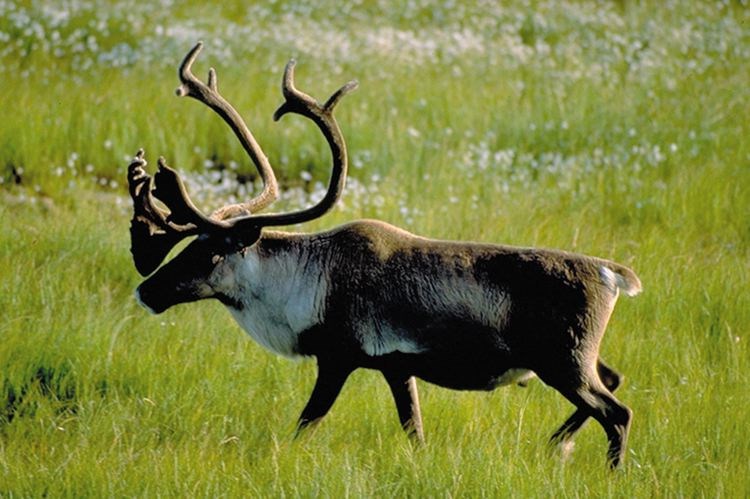The most recent public consultation wave came to a close, three weeks ago, on what to do about B.C.'s most endangered animals.
Last Thursday, the results were shared from the six-week input window held across the province by the Ministry of Environment.
"During the consultation period, the B.C. Species at Risk Engagement website was visited more than 4,390 times by people from around B.C.," according to Minister Mary Polak.
"In total, the website received 461 comments, representing a broad range of stakeholders, including local government and First Nations, interest groups, academia and industry, as well as the general public."
Just because the official consultation window has closed does not mean the conversation is over, however. The most concern for an at-risk land species in the Prince George region rests with the caribou. (The most notable in the water is the Nechako River's white sturgeon population.) Doug Heard is a wildlife biologist for the province and also an adjunct professor at UNBC in the department of Ecosystem Science Management.
Heard will report on the region's caribou recovery efforts at a meeting of the Prince George Naturalist Club on Jan. 19 at 7 p.m. at The Exploration Place. The public is welcome to attend and get an update on the status of this precipitous population.
"Recovering and protecting B.C.'s species at risk is a shared responsibility," said Polak.
"That's why it is important to get feedback from British Columbians on the challenges and opportunities that exist for improving how we protect species at risk in B.C."
Polak said the comments from the consultation process are now posted on the ministry's website, as was the province's five-year plan for species at risk.



